A review of The Letters to the Colossians and to Philemon. By Douglas Moo.
Eerdmans/Apollos, 2008. (Available in Australia at Koorong Books)
Surprisingly, there have been very few substantial and recent commentaries on Colossians from a conservative/evangelical perspective. Somewhat older volumes of importance include those by O’Brien (WBC, 1982); Wright (TNTC, 1986); Dunn (NIGTC, 1996); Garland (NIVAC, 1998); and Thompson (THNTC, 2005). Thus there has been a slight dearth of new in-depth works on Colossians (and Philemon).
This volume nicely fills the gap. Moo, Professor of New Testament at Wheaton Graduate School in Chicago, has already authored several important commentaries, such as his top-rate 1996 volume on Romans (NICNT), and his 2000 work on James (PNTC).
This is a significant commentary in an increasingly significant commentary series. The Pillar New Testament Commentary series now has 10 commentaries available, and it serves as a very workable and substantive mid-range series of commentaries. While not overly technical in nature, the series does offer high-quality commentaries that both students and pastors will greatly benefit from. This volume is no exception.


At 471 pages, it is certainly the most lengthy of treatments thus far on these two books. Dunn and Garland were 388 and 389 pages respectively. So this volume is both the most up to date work to appear, taking into account all the recent scholarship on these epistles, and the most detailed and comprehensive.
Concerning the contentious issues of authorship and dating, Moo spends nearly 20 pages arguing for Pauline authorship and a writing of around A.D. 60-61. The place of writing was most likely Rome, and the occasion of the epistle was to promote a high Christology over against false teaching.
As to some of the hotly debated issues in the epistle, Moo provides careful guidance and discussion. He notes various views, while making clear his reasons for his own preferences. And he notes that on many contentious topics, we are best left with some ambiguity and uncertainty.
As to the false teachers that Paul is rebutting, they are often left unspecified and vague in Paul’s writings. In some epistles, such as Galatians and 2 Corinthians, the nature and message of the false teachers is more clearly addressed. But in Colossians we are often unsure as to who exactly these false teachers are, and what exactly their false teaching is.
Moo spends 14 pages of his introduction on this question (plus more discussion in the commentary proper). The three main options concerning the false teaching are: Jewish mysticism, Judaism, or syncretism. The last option (a blend of religious and philosophical traditions) seems most likely, especially as elaborated by Clinton Arnold. Yet Moo recognises problems with this option as well. Moo argues that in the end we must simply be content with a generalised account of this false teaching.
Consider the difficult matter of understanding what Paul means by the stoichea tou kosmou (the elements of the world). This phrase, found in 2:8 and 2:20 (and in a somewhat similar form in Gal. 4:3) has occasioned much discussion. What exactly Paul means by it is still very much a matter of lively debate.
Moo looks at the three main views: 1) the fundamental components of the material universe; 2) the essential principles; or 3) spiritual beings. He looks at the pros and cons of each, and opts for the first. While aspects of the other two views can be included in this, the first option seems to best make sense of how this phrase was used during Paul’s day.
Also, consider the admonition found in 3:5-11, where we are told to put off the old self and put on the new. The usual evangelical understanding is that the believer has two natures: an old sinful nature, and a new nature in Christ, and that there is a constant battle between the two.
Moo suggests that this may not be what Paul had in mind. Instead, a corporate understanding of this text may best fit the context and related passages. It is really about a new humanity created in Christ (Eph. 2:15) as opposed to the old humanity created in Adam (Rom. 5:12). The old self or old man is Adam and his influence, while the new self or new man is Christ.
This is part of Paul’s “already-not yet” paradigm, in which we do live in tension between the influences and power of the old man and the new. We have been transferred from the ‘lordship’ of Adam to that of Christ, but the pull of the Adamic realm still impacts on us.
Other difficult passages are also treated in a fair, judicious and balanced fashion. All in all, this volume makes for a very wise, well-written and well-researched commentary. If one had to choose just one commentary on Colossians, this should take pride of place.
[782 words]







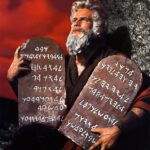



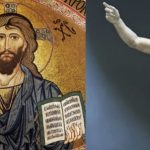


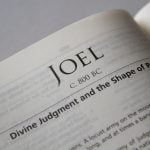
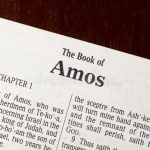


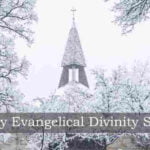

Thanks for your review, I am going to buy this commentary.
Pascal Denault